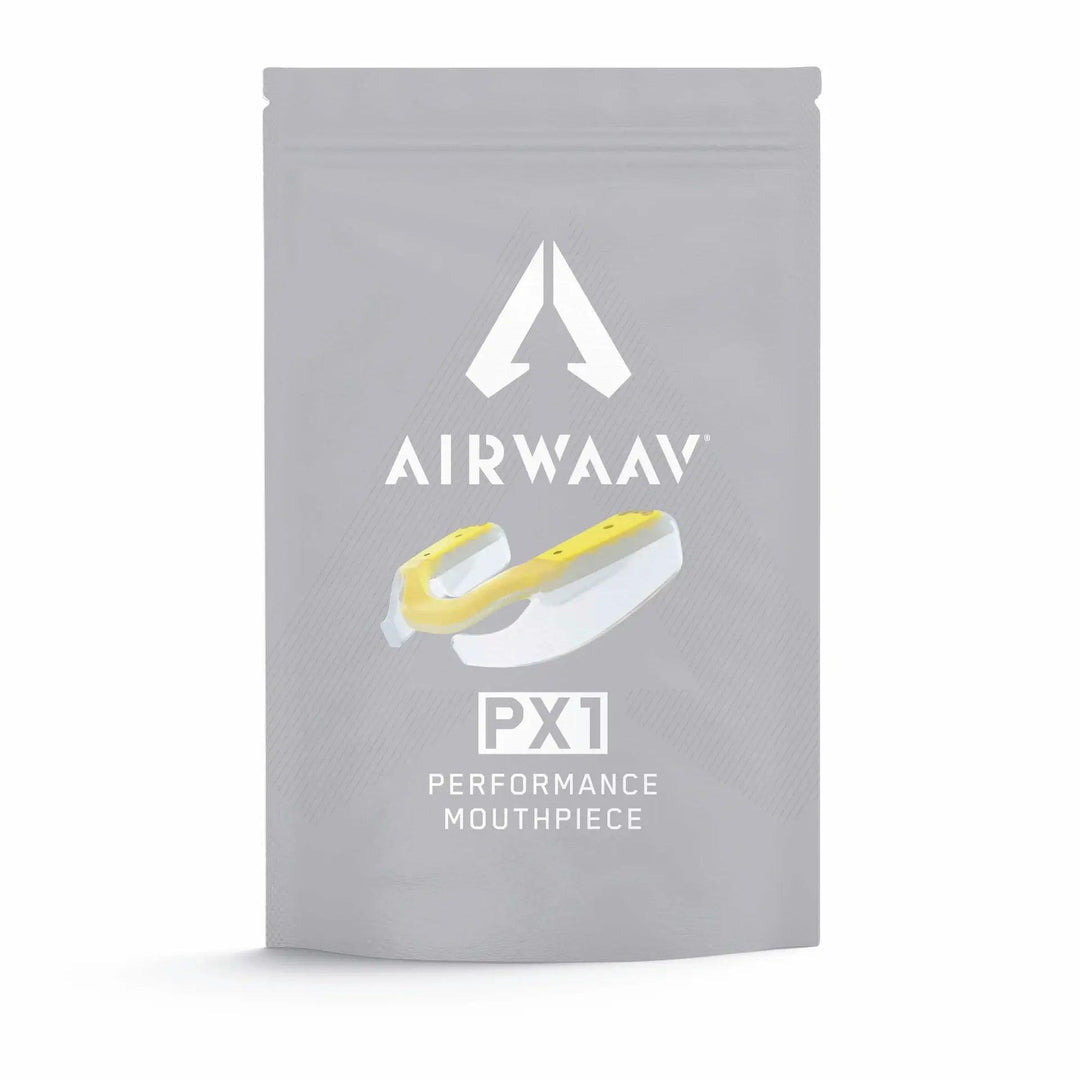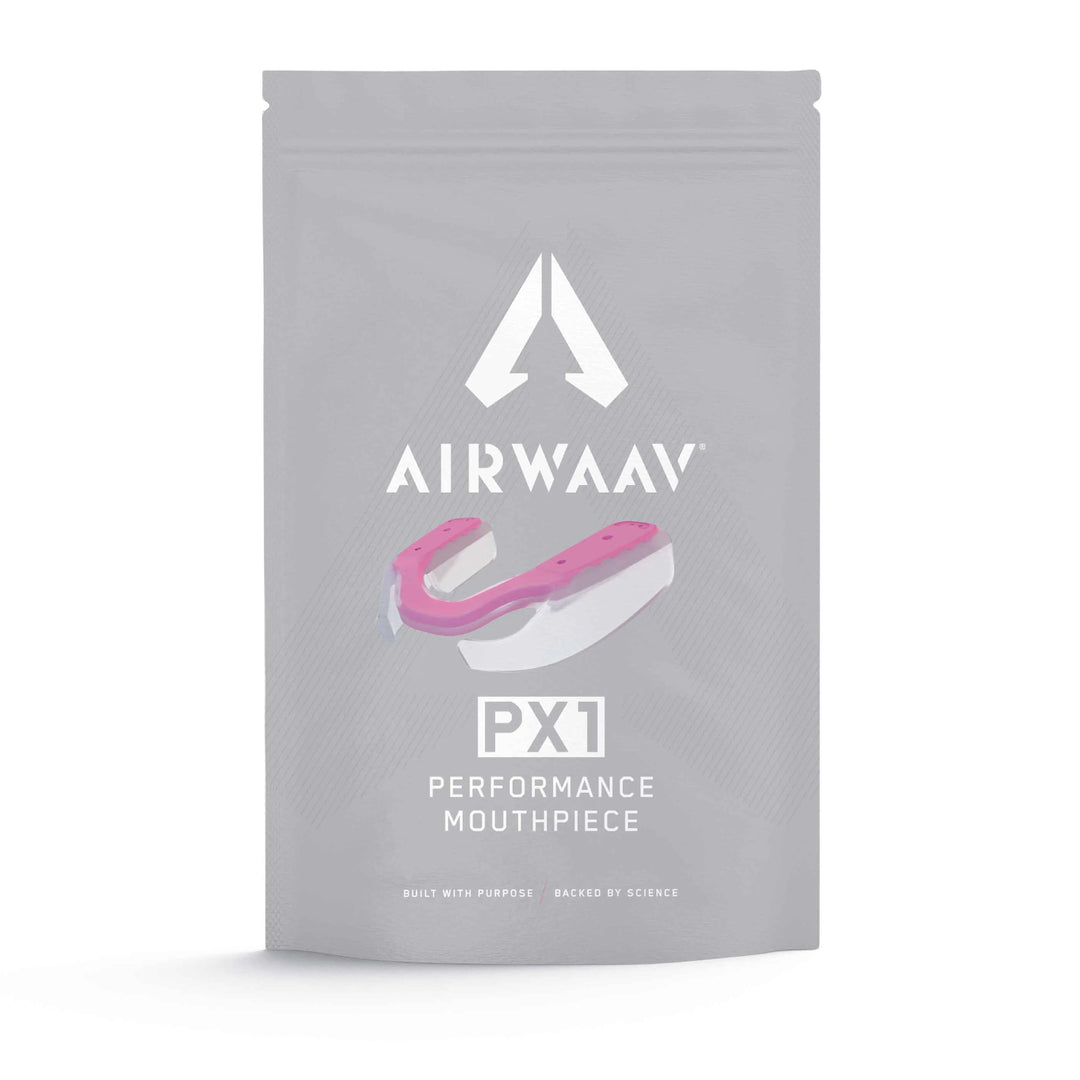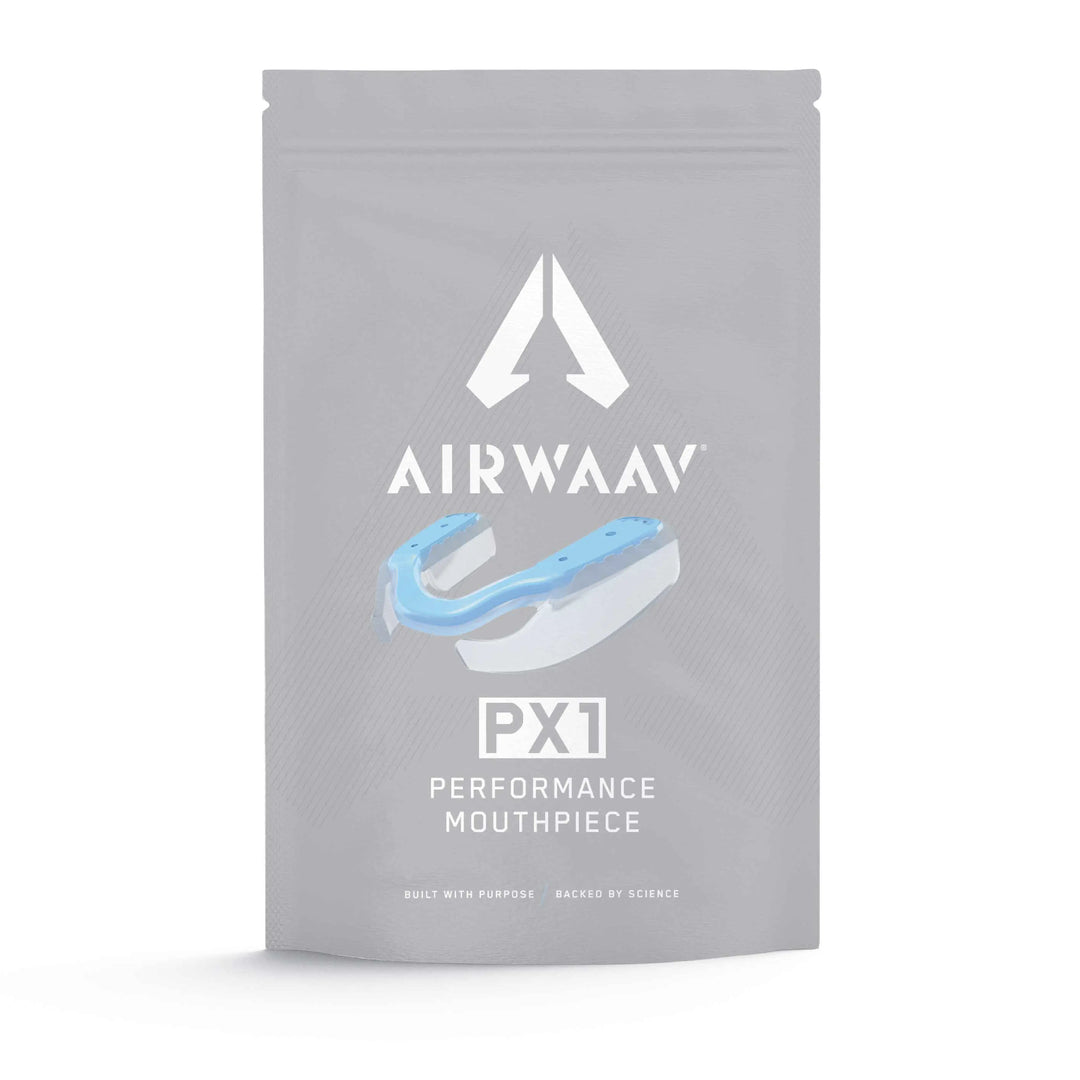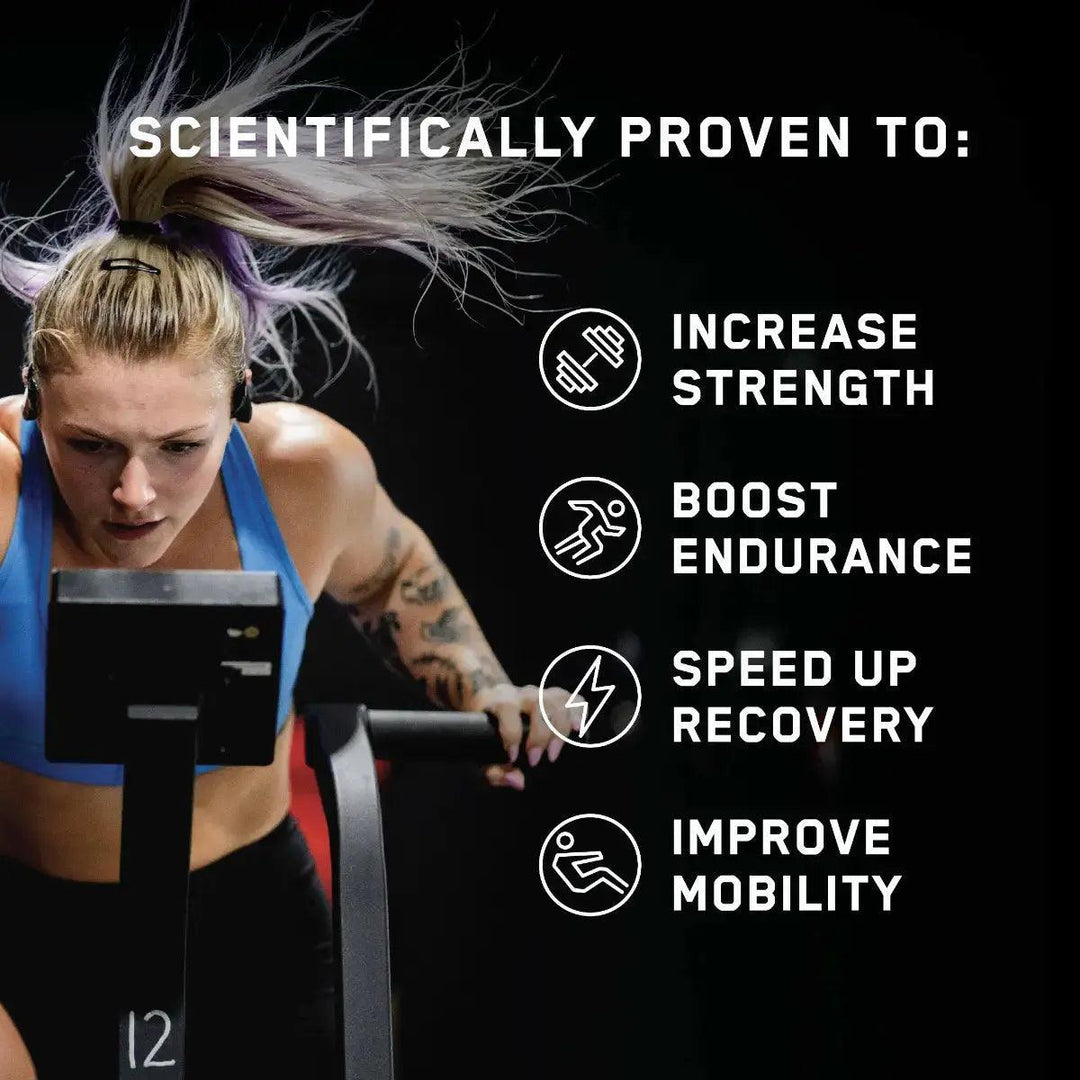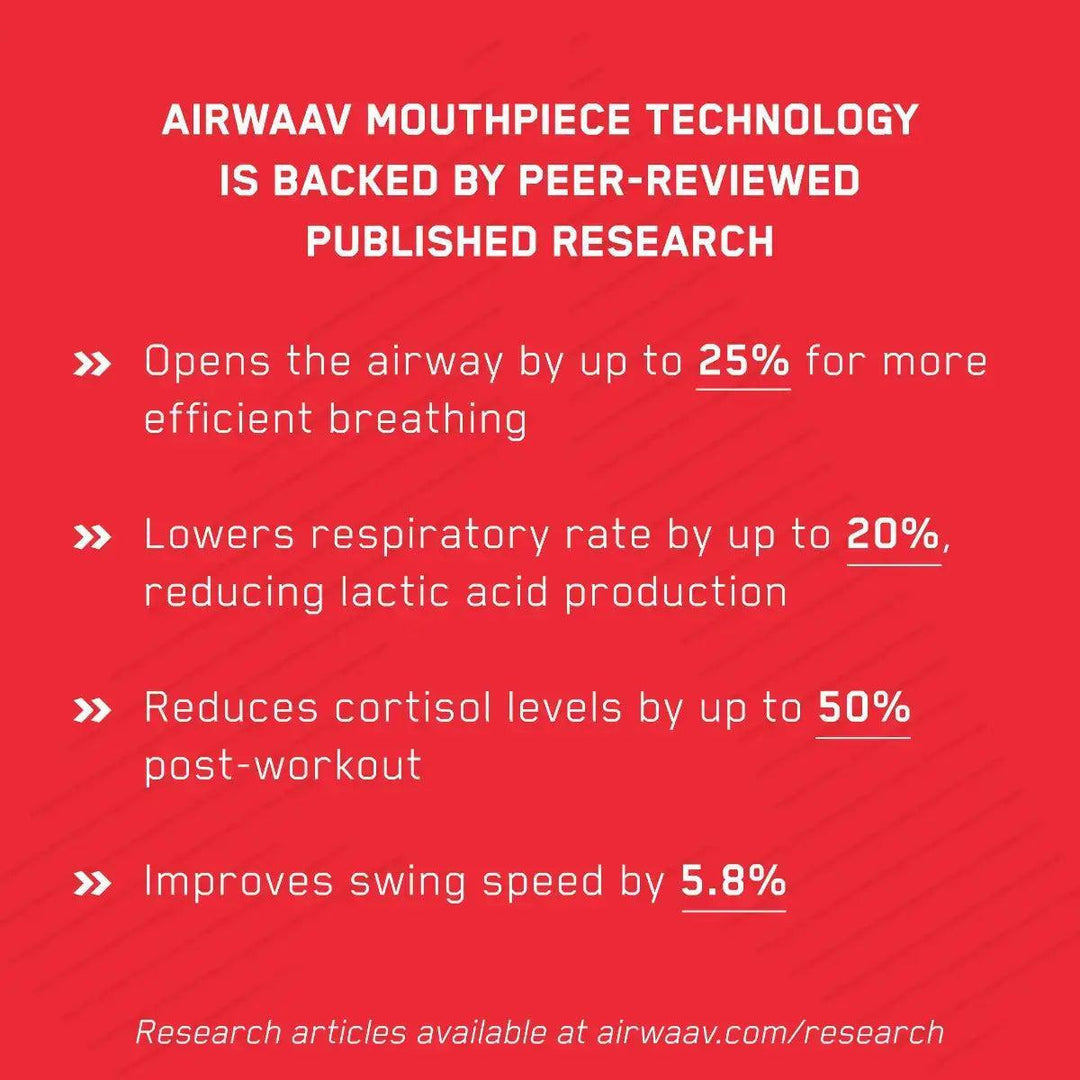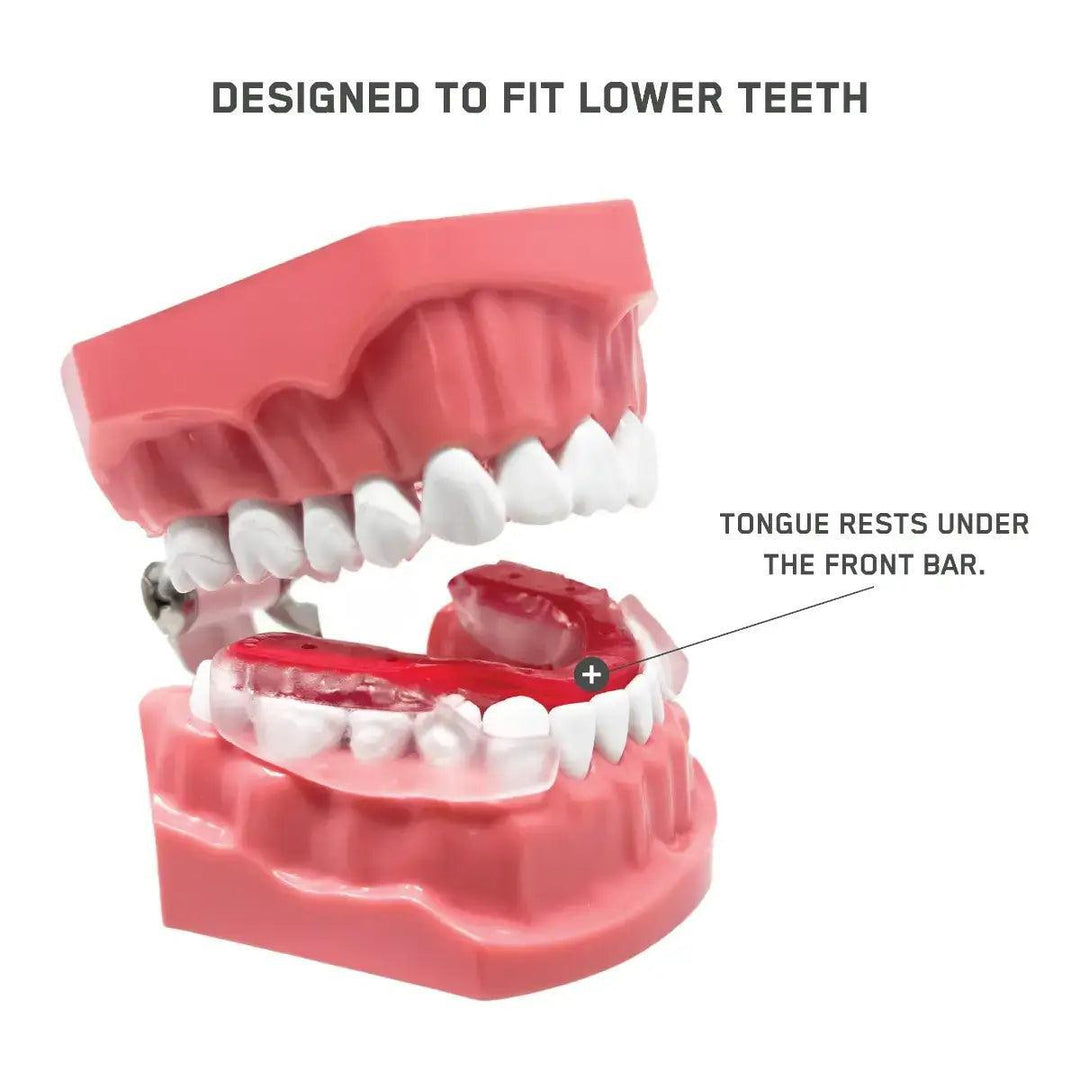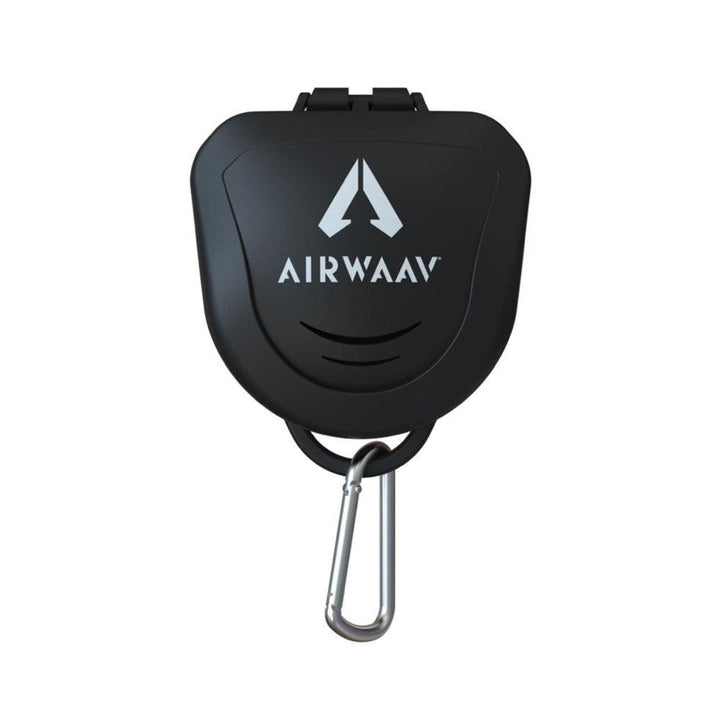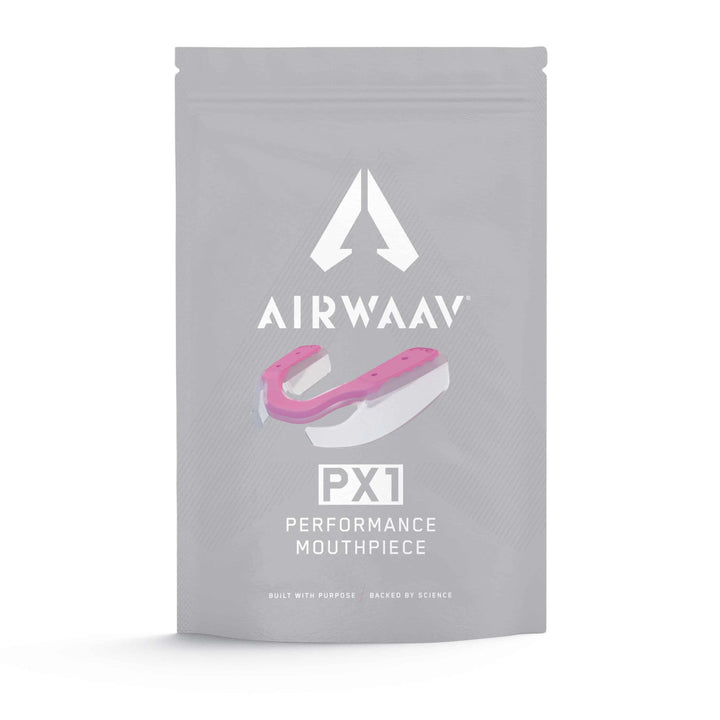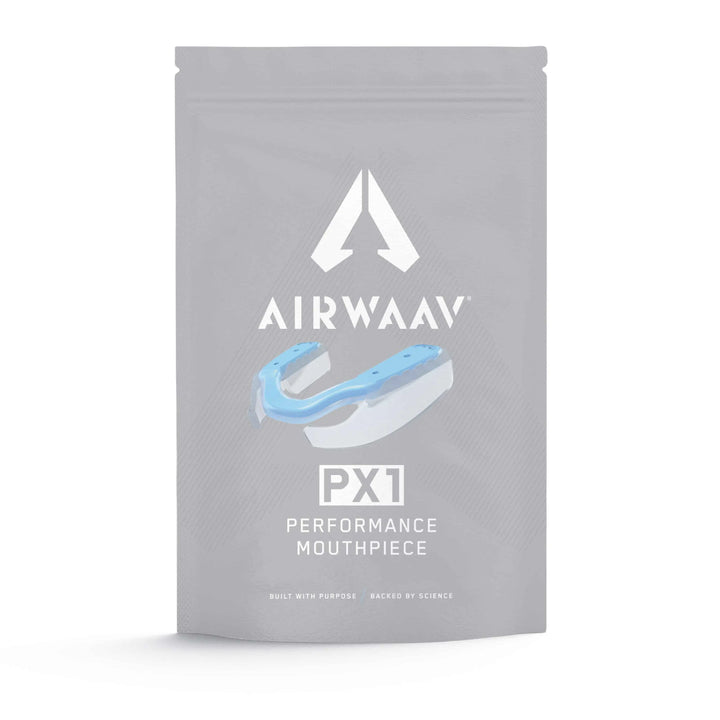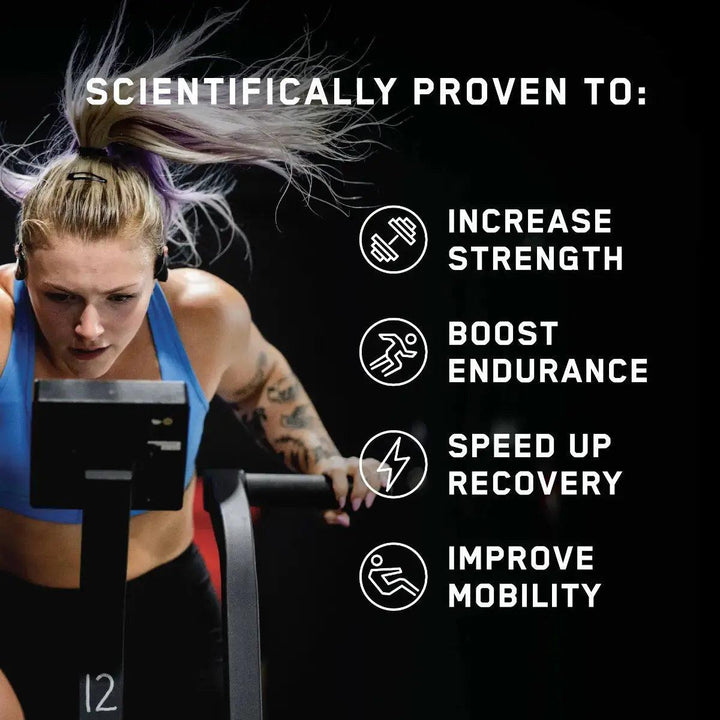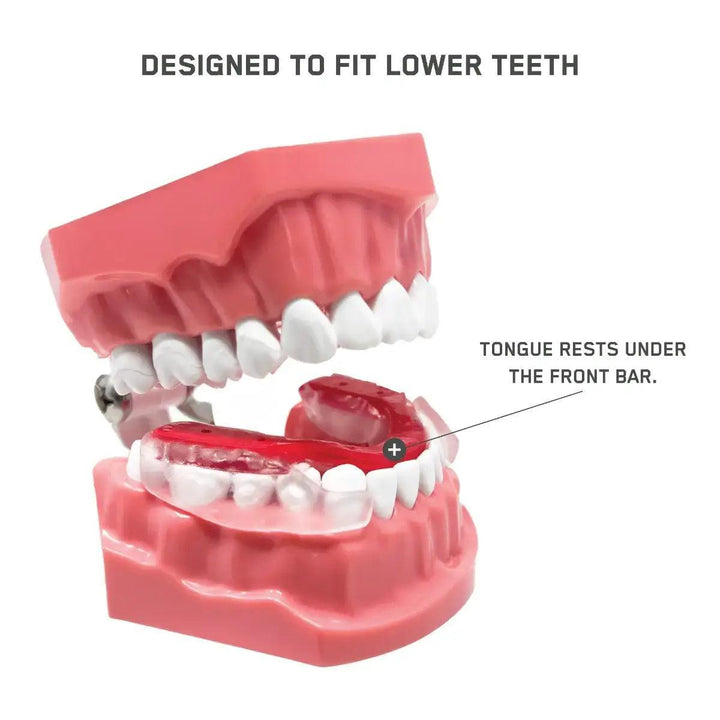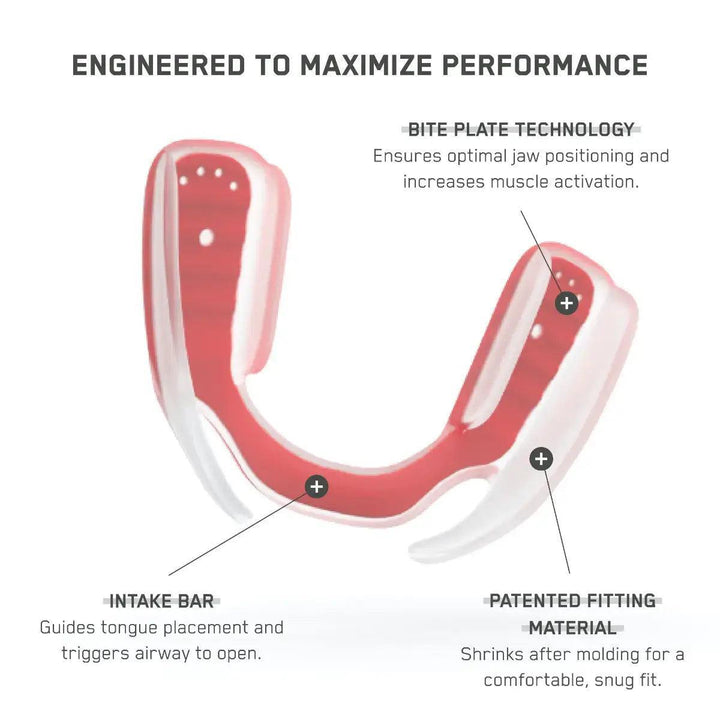The Impact of AIRWAAV on Respiratory Rate During Exercise: Insights from Dr. Dena Garner's Study

In the dynamic world of sports science, we're at the forefront of innovation, exploring ways AIRWAAV can elevate your athletic performance. A study conducted by Dr. Dena Garner, titled "Respiratory outcomes with the use of a lower custom fit genioglossal-effecting oral appliance," dives into the effects of an oral appliance on respiratory parameters during exercise. Let's unravel the key findings and understand how AIRWAAV holds the key to a more efficient respiratory rate.
The Study's Purpose:
Garner's study evaluates the ability of oral appliances on targeting the genioglossus, a crucial muscle involved in tongue movement. The focus was on determining whether a mouthpiece could influence respiratory parameters during exercise. Seventeen healthy subjects aged 18–43 participated in the study, undergoing a comprehensive analysis of respiratory rate, ventilation, oxygen levels, and carbon dioxide levels.
Study Highlights:
The results of Garner's study yielded insights into respiratory parameters during exercise. In the 10-minute steady-state run, participants wearing the oral appliance exhibited a significantly lower respiratory rate (25.97 BPM) compared to those without the appliance (28.35 BPM). Additionally, ventilation was also notably reduced in the oral appliance condition (47.66 l/min) compared to the no oral appliance condition (50.34 l/min). Importantly, there were no adverse effects on oxygen uptake, with both conditions showing similar outcomes (2.17 l/min).

The average respiratory rate during the 10-minute steady-state run was compared between conditions with no mouthpiece (no MP) and conditions with a mouthpiece (MP) across all subjects.
Results:
The study's outcomes suggest a positive correlation between the design of the mouthpiece and its impact on the genioglossus muscle. This effect translates into a lower respiratory rate and ventilation during exercise, without compromising oxygen uptake. Such findings are pivotal for athletes and fitness enthusiasts seeking ways to optimize their respiratory performance.
What does this mean for AIRWAAV users?
For those considering or already using AIRWAAV, the study results offer promising implications. AIRWAAV’s ability to lower respiratory rate and ventilation during exercise suggests potential benefits for endurance, stamina, and overall performance. By specifically targeting the genioglossus, AIRWAAV appears to unlock a pathway to more efficient breathing without negatively affecting oxygen levels.
Conclusion:
In the pursuit of peak athletic performance, every advantage matters. Dr. Garner's study provides compelling evidence that AIRWAAV optimizes breathing. As athletes strive for that extra edge, the potential benefits of improved respiratory rate and ventilation with AIRWAAV mark a groundbreaking development in the chase for enhanced performance. Optimized breathing with AIRWAAV may just be the key to reaching new heights in physical achievement.
More on Dr. Dena Garner:
Dr. Dena Garner is a full-time professor in the Department of Health and Human Performance, is the Director of Undergraduate Research and is the Assistant Provost for Research and Policy at The Citadel in Charleston, South Carolina. She started working at The Citadel in 2004 while completing her post-doctoral fellowship in the Department of Neurology at the Medical University of South Carolina, also located in Charleston. Before her move to Charleston, she worked at Oregon State University in Corvallis, Oregon where she also received her doctoral degree in exercise physiology.







